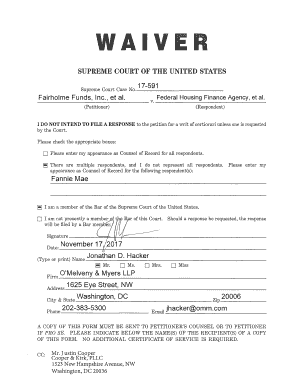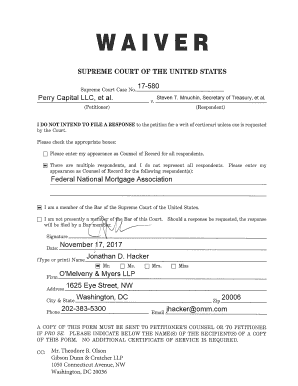What is Care Plan: Form?
The Care Plan: is a fillable form in MS Word extension that should be submitted to the specific address in order to provide specific information. It needs to be completed and signed, which can be done in hard copy, or by using a certain solution like PDFfiller. It helps to complete any PDF or Word document directly from your browser (no software requred), customize it according to your needs and put a legally-binding e-signature. Once after completion, you can easily send the Care Plan: to the relevant person, or multiple recipients via email or fax. The editable template is printable as well because of PDFfiller feature and options offered for printing out adjustment. Both in electronic and in hard copy, your form will have a organized and professional look. You can also turn it into a template for later, without creating a new blank form again. Just edit the ready document.
Template Care Plan: instructions
Once you are about to begin completing the Care Plan: writable form, you need to make clear all the required info is well prepared. This one is highly significant, as far as errors may cause unpleasant consequences. It is always annoying and time-consuming to resubmit an entire editable template, not speaking about penalties resulted from missed deadlines. To cope the figures takes more focus. At first sight, there is nothing complicated about this. Yet still, it's easy to make a typo. Experts recommend to store all data and get it separately in a file. Once you have a writable template, you can just export this information from the file. Anyway, it's up to you how far can you go to provide actual and solid information. Doublecheck the information in your Care Plan: form carefully when filling all necessary fields. You can use the editing tool in order to correct all mistakes if there remains any.
Care Plan:: frequently asked questions
1. Can I fill out confidential files online safely?
Services dealing with personal information (even intel one) like PDFfiller do care about you to be satisfied with how secure your word forms are. We offer you::
- Private cloud storage where all information is kept protected with basic an layered encryption. The user is the only one that is free to access their personal files. Disclosure of the information by the service is strictly prohibited.
- To prevent document falsification, every one gets its unique ID number upon signing.
- If you think that's not safe enough for you, set additional security features you prefer then. They manage you to request the two-factor authentication for every user trying to read, annotate or edit your file. In PDFfiller you can store ms word forms in folders protected with layered encryption.
2. Have never heard about e-signatures. Are they similar comparing to physical ones?
Yes, and it's totally legal. After ESIGN Act concluded in 2000, an e-signature is considered legal, just like physical one is. You are able to complete a document and sign it, and to official establishments it will be the same as if you signed a hard copy with pen, old-fashioned. While submitting Care Plan: form, you have a right to approve it with a digital solution. Ensure that it fits to all legal requirements like PDFfiller does.
3. Can I copy my information and extract it to the form?
In PDFfiller, there is a feature called Fill in Bulk. It helps to make an export of data from word file to the online word template. The key advantage of this feature is that you can excerpt information from the Excel spreadsheet and move it to the document that you’re filling using PDFfiller.


























